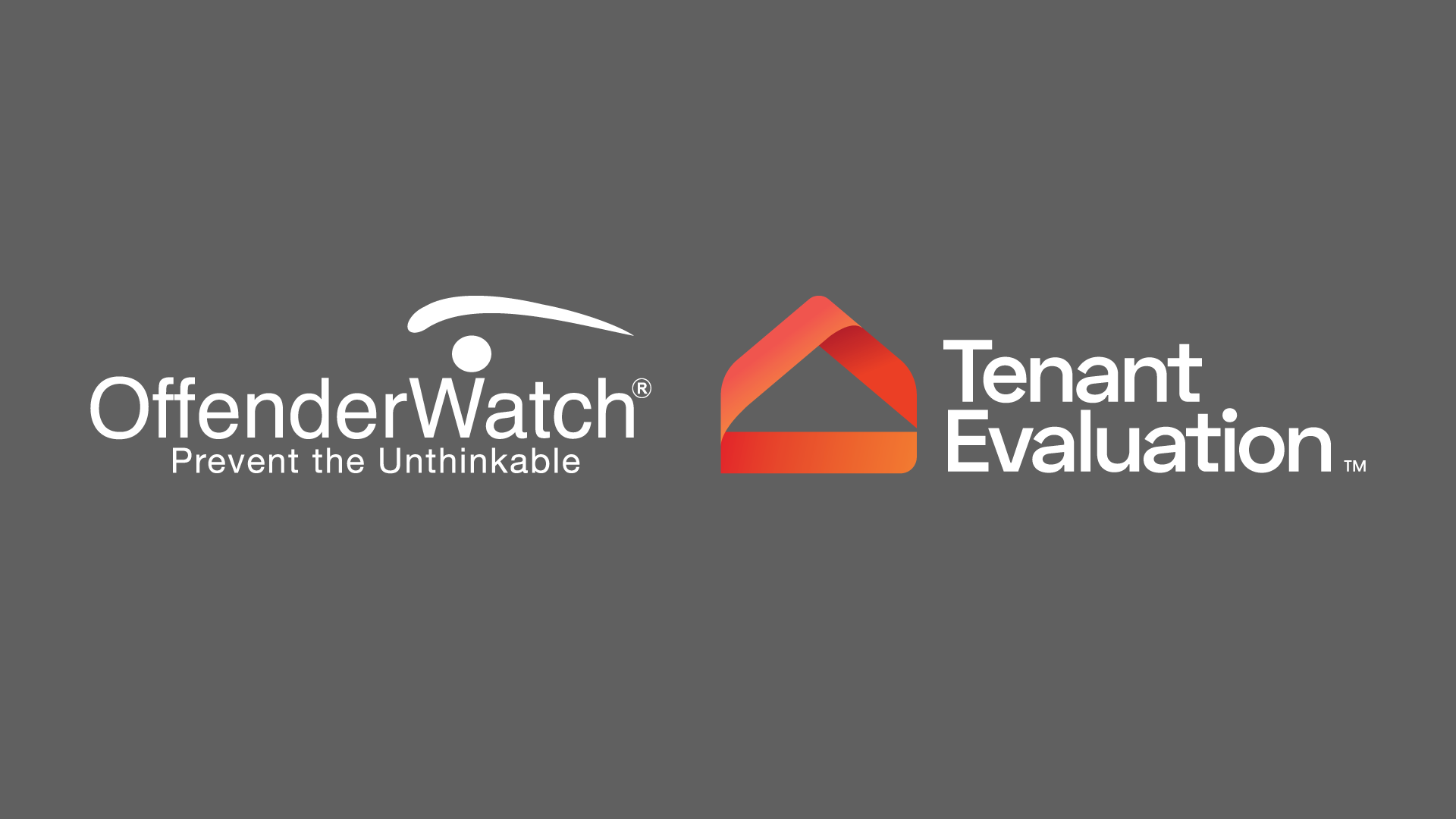Halloween Safety Tips: How to Use Your Local Sex Offender Registry

OffenderWatch Offers Tips on Reading and Understanding Sex Offender Registries Before Going Trick-or-Treating
COVINGTON, La. (Oct. 8, 2018) – Do you know whose door you’re knocking on while trick-or-treating? Every home may not be safe: There are more than 900,000 registered sex offenders in the United States[1], many convicted of crimes against minors. Before trick-or-treating this season, sheriff’s offices and police departments advise parents to check their local sex offender registry. However, many parents may not know where to look or what information is most important on the registries. OffenderWatch, the nation’s leader in sex offender registry management, shares its tips on reading and understanding sex offender registries. OffenderWatch partners with law enforcement nationwide to provide technical solutions and a network for managing sex offender registries. With more than 3,000 law enforcement agencies using OffenderWatch, Americans conduct about 1.3 million searches on its sex offender registries per week.“ Knowledge is power. We want parents to not only have the information families need to have a safe Halloween, but to also understand that information,” said Mike Cormaci, president and co-founder of OffenderWatch. “We’ve partnered with law enforcement across the country for more than 20 years, helping to improve the sex offender registry and making it easier for both law enforcement and the public to use.”
Tips for Finding and Understanding Your Sex Offender Registry
- Use a sex offender registry published by law enforcement. Not all registries are created equal: Many third-party websites publish outdated sex offender data, claiming it is accurate. Parents and guardians should only trust data provided through local law enforcement. To find your registry, search the website of your county’s sheriff’s office or police department, or visit https://smart.gov/sorna-map.htm and click on your state.
- Use the map/geographical feature to find offenders in your area. While on your county or city’s sex offender registry, input your home address or the address where you’ll be trick-or-treating to view a map of offenders in that area. Print out the map with addresses to take with you.
- Understand the difference between offender risk level and tiers in your state. Every state identifies sex offenders differently, segmenting offenses with risk levels and tiers. Visit your state police website to find a list of offenses, risk levels and descriptions.
- Talk to your children. If sex offenders live in your neighborhood, point out their house to your children and explain the offender has a criminal record. Tell your children to let you know if the sex offender tries to talk to them or lure them inside.
[1] National Center for Missing & Exploited Children, http://www.missingkids.com/content/dam/ncmec/en_us/SOR%20Map%20with%20Explanation.pdf
Related Press & News


Oct 23, 2025
OffenderWatch® Announces Significant Investment by STG Allegro to Support Growth


Mar 19, 2025
OffenderWatch Announces New Partnership


Mar 5, 2025
Strengthening SOR Management in the Caribbean


.svg)
.svg)
